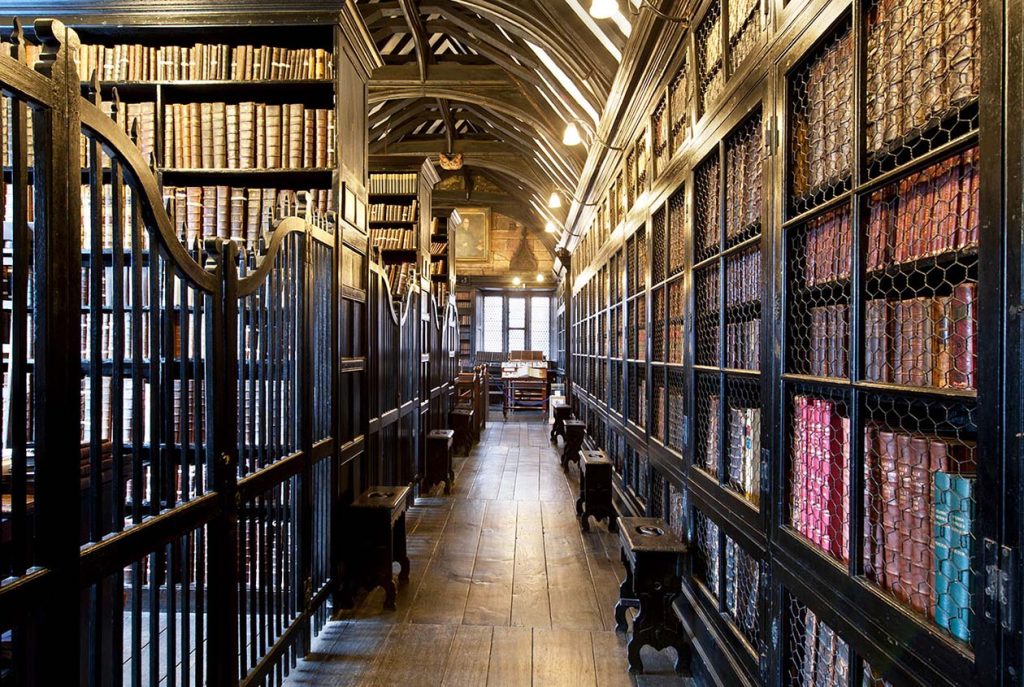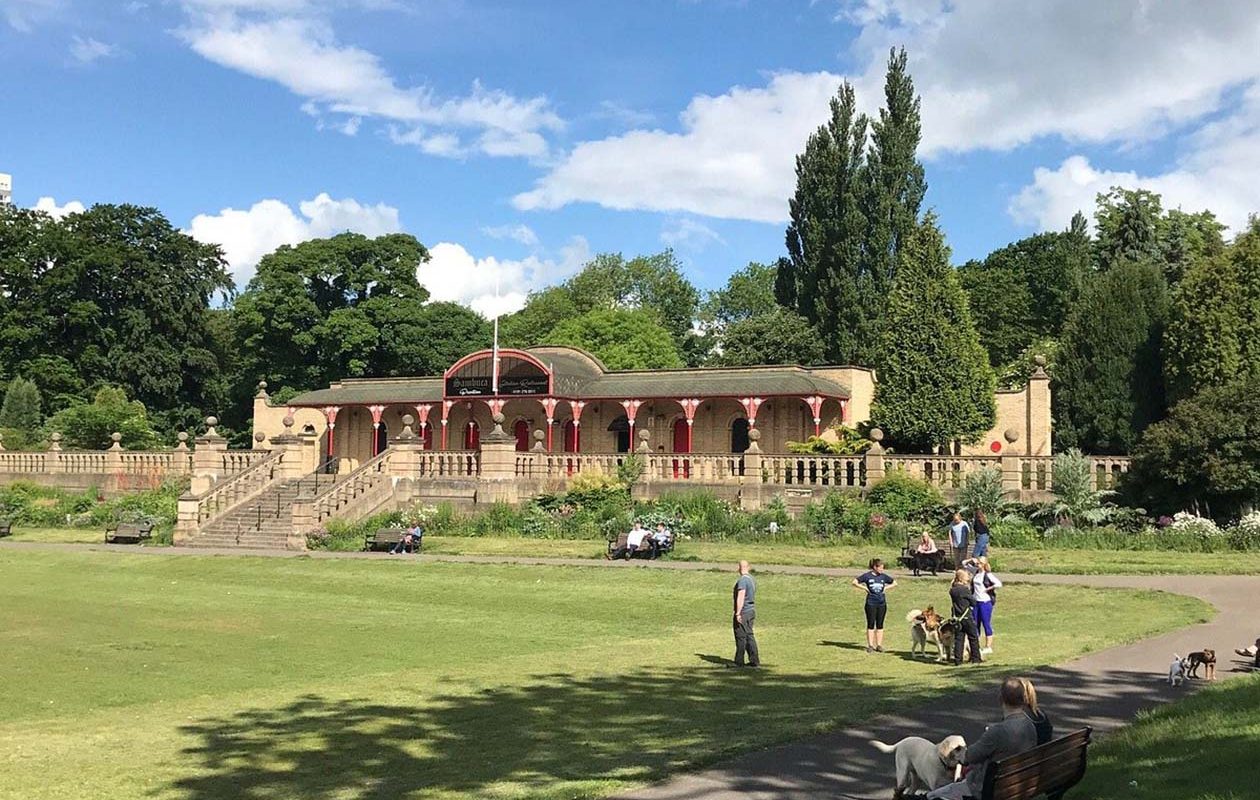As I ventured into the heart of Manchester, a city steeped in history and brimming with hidden gems, I embarked on a journey of discovery. From the sprawling green oasis of Heaton Park to the hallowed halls of the John Rylands Library, and the echoes of ancient legions at the Castlefield Roman Fort, each destination unveiled a unique chapter in Manchester’s story. Join me as I uncover the natural wonders and historical marvels that define this remarkable city.
Exploring Heaton Park
Location: Heaton Park, Middleton Rd, Manchester M25 2SW
Heaton Park, with its sprawling expanse of over 600 acres, stands as a vibrant oasis nestled in the heart of Manchester. Upon entering, I was immediately embraced by the lush greenery, where ancient oaks stood sentinel and tranquil lakes glistened in the sunlight. At the heart of this natural marvel lay Heaton Hall, a majestic 18th-century mansion emanating an aura of grandeur and history. The meticulously manicured gardens, a testament to the park’s rich horticultural legacy, added an enchanting touch.
My journey through Heaton Park unfolded in a leisurely stroll, where the Italian and Dutch Gardens unveiled their carefully curated flowerbeds, each a canvas of vibrant colors. The Rhododendron Walk, with its riotous display of hues, spoke volumes about the park’s botanical diversity, a sight to behold. The Animal Centre, a sanctuary for furry and feathered creatures, proved to be a delightful attraction, especially for families. In its entirety, Heaton Park masterfully wove together elements of nature and history, offering a haven for a tranquil and enjoyable day out.
Pros:
Vast expanses of greenery create perfect settings for picnics and various outdoor activities, inviting visitors to connect with nature.
The meticulously preserved Heaton Hall provides a glimpse into a bygone era, allowing history enthusiasts to delve into the past.
Heaton Park caters to a wide audience, from families to history buffs, ensuring there’s something for everyone to enjoy. Cons:
Despite its myriad attractions, dining options within the park are limited. Visitors may need to plan meals accordingly. My Reflection:
Heaton Park, with its seamless blend of natural beauty and historical significance, left an indelible mark on my soul. The verdant landscapes and the stately Heaton Hall transported me to a world where time seemed to stand still. The meticulously tended gardens were a testament to the dedication of those who cared for this splendid oasis. As I observed families delighting in the Animal Centre and couples sharing serene moments by the lakeside, I couldn’t help but appreciate the park’s ability to bring people together in the embrace of nature. Despite the limited dining options, I found that a well-prepared picnic added an extra layer of charm to my visit. In essence, Heaton Park stands as a testament to the enduring beauty of the natural world and the significance of preserving our heritage for generations to come.
Entry 2: The John Rylands Library
Location: 150 Deansgate, Manchester M3 3EH
The John Rylands Library, an architectural gem, beckoned me with its neo-Gothic façade, evoking a sense of timelessness. Stepping through its grand entrance, the Reading Room greeted me with an air of hushed reverence. The collection of rare manuscripts and ancient texts that surrounded me was nothing short of awe-inspiring, a testament to the collective knowledge of humanity through the ages.
Embarking on a self-guided journey through the library, I found myself wandering through a series of exhibition halls, each unveiling a new facet of this treasure trove. The “Treasures of the Library” exhibit proved to be a highlight, offering a glimpse into ancient religious texts and medieval illuminated manuscripts. The meticulous craftsmanship in the architecture, from the intricate stone carvings to the towering stained glass windows, left me in a state of wonder.
Pros:
The library stands as an architectural marvel, a testament to both its historical and cultural significance. Its neo-Gothic design is a tribute to the craftsmanship of a bygone era.
The extensive collection of rare books and manuscripts provides a tangible link to the past, allowing visitors to connect with centuries of human thought and creativity.
The staff at the John Rylands Library are a treasure in themselves. Their expertise and willingness to share insights enriched my visit. The informative tours they offer are a testament to their dedication. Cons:
While the library caters admirably to scholars and enthusiasts, interactive exhibits for younger visitors are somewhat limited. A more hands-on approach could enhance the experience for children and families. My Reflection:
The John Rylands Library, with its sublime fusion of history and architecture, left an indelible mark on my soul. As I traversed its hallowed halls, I felt a profound connection to the scholars and scribes of ages past, whose works now found sanctuary within these walls. The “Treasures of the Library” exhibit was a true highlight, a window into the collective wisdom and creativity of our ancestors. The attention to detail in the architecture was nothing short of breathtaking, a testament to the artistry of those who crafted this marvel. I found myself lost in contemplation, pondering the boundless reservoir of human knowledge that the library housed. If I were to offer a suggestion, it would be to consider ways to make the experience more interactive for younger visitors, fostering a love for learning from an early age. In its entirety, the John Rylands Library stands as a testament to the enduring power of the written word and the importance of preserving our intellectual heritage for generations to come.
Entry 3: Castlefield Roman Fort

Location: Castle St, Manchester M3 4LZ
Tucked away in the vibrant Castlefield district, the Castlefield Roman Fort serves as a captivating portal into Manchester’s ancient history. The remarkably preserved ruins of this fort offered a tantalizing glimpse into the strategic significance it held during the era of the Romans. Informative panels strategically placed throughout the site provided valuable context, adding depth to the overall experience.
As I wandered amidst the remnants of the fort’s formidable walls, I could almost hear the echoes of Roman soldiers on patrol. The reconstructed granary and gatehouse provided a tangible link to the daily lives of those who once called this fort home. Adjacent to the site, the museum further enriched the visit. Its curated collection of artifacts and informative displays painted a vivid picture of life in Roman Manchester.
Pros:
The Castlefield Roman Fort stands as a shining example of a meticulously preserved archaeological site, allowing visitors to step back in time and witness history firsthand.
Informative panels and displays thoughtfully placed throughout the site offer valuable insights, enhancing the overall educational experience.
The fort’s location within the city makes it easily accessible, allowing for a seamless integration into a day of exploring Manchester. Cons:
While the fort itself is a captivating site of historical significance, amenities on-site are somewhat limited. Visitors may want to plan for provisions accordingly. My Reflection:
The Castlefield Roman Fort, with its evocative ruins and rich historical tapestry, left an indelible impression on me. As I traversed the grounds, I could almost sense the presence of Roman soldiers who once stood guard here. The reconstructed structures provided a tangible connection to a bygone era, offering a glimpse into the daily routines of those who called this fort home. The interpretive panels were invaluable, offering historical context and deepening my understanding of the site’s significance. The adjacent museum, with its well-curated exhibits, brought Roman Manchester to life. While the amenities on-site were limited, this did little to diminish the allure of this remarkable historical gem. The Castlefield Roman Fort stands as a testament to the enduring importance of preserving our shared heritage, allowing us to step back in time and connect with the past in a profound and meaningful way.
Recommended Attractions:

Chetham’s Library
- Location: Long Millgate, Manchester M3 1SB
- Description: This historic library, dating back to 1653, is a treasure trove of rare books and manuscripts. The medieval architecture and serene reading rooms create a unique atmosphere for exploration.
Manchester Museum
- Location: Oxford Rd, Manchester M13 9PL
- Description: Housed within the University of Manchester, this museum showcases a diverse collection of natural history, archaeology, and anthropology. The Egyptian exhibit, featuring mummies and artifacts, is a standout.
Science and Industry Museum
- Location: Liverpool Rd, Manchester M3 4FP
- Description: This engaging museum celebrates Manchester’s industrial heritage. From vintage steam engines to interactive exhibits, it offers a hands-on experience of the city’s technological evolution.
In every corner of Manchester, history breathes, and nature thrives. Heaton Park’s verdant embrace, the scholarly sanctuary of the John Rylands Library, and the Roman echoes of Castlefield Fort all stand testament to the diverse tapestry that makes up this city’s rich heritage. As I bid farewell, I carry with me the echoes of ages past, a deeper appreciation for the resilience of history, and the enduring beauty of the natural world. Manchester, with its treasures uncovered, leaves an indelible mark on the heart of every explorer.



